There can’t be many better reasons to travel to California than attending a 90th birthday celebration, taking place just a day after arriving from Germany. And while in The Golden State, having travelled over 6,000 miles to get there, wouldn’t you want to make the most of it? We were determined to make every shot count, without being weighed down with excessive gear. So, what about shooting film, using a couple of vintage cameras and a few lightweight lenses?
When aiming to capture California’s vibrant essence, especially in April, there’s no need to carry around a bulky 45lb (20.4kg) photo backpack. That kind of weight adds strain and distraction, rather than creativity. So, what would a lightweight kit look like? Is anyone familiar with that “going over your options” thinking, when planning a photography trip?
Treasure trove
Lurking in the freezer, we knew of a treasure trove of stored film: Silbersalz35 and Agfa APX 100. What if we pit these two against each other, each loaded into different cameras? It’s not quite apples to oranges, but rather a nuanced comparison of vintage flavours. While seemingly disparate, this matchup promises to reveal subtle yet fascinating contrasts in grain, tone, and character.
With four rolls each of Silbersalz35 250D and Agfa APX 100 set for our hand luggage, the camera selection process began. For shooting film, the Olympus OM-2n and Nikon FM2n emerged as the dynamic duo, outfitted with 35mm Zuiko f/2.8 and Nikkor 28mm f/2.8 lenses respectively. Claudia claimed the Olympus and her Leica Q, leaving me to the Nikon FM2n and my M10.
While there were concerns about X-ray exposure potentially impacting the film, the eventual developed results put those worries to rest. As we later discovered, the medium-speed films had handled the airport screenings with grace, preserving the subtle tones and fine grain we anticipated.
Now, the stage was set to pit these analogue adversaries against each other, exploring the unique character each would bring to our California chronicles.
Photo motifs and Southern California?
There are plenty of those. Our first excursion, shooting film, was to Tuna Harbor — the dockside fish market sitting beside San Diego Bay. It takes place every Saturday from 8 am to noon. If someone seriously wants to buy fresh fish, and we did, I recommend you get there early, as restaurants, among others, supply themselves there. Think sushi, made with incredibly fresh Yellow-fin tuna…
In fact, Tuna of all kinds, Mahi-Mahi (dolphin fish), Halibut, Spanish Mackerel and fish we’ve never seen before, lie fresh on ice. Any fish odour or even stench? Nope!
The film rolls ran through the cameras, just as planned.
Tuna Harbor Dockside Market
In our view, both the B&W and colour images show the busy activity of this marketplace and its surroundings. Everyone should judge for themselves which of the shots are more expressive. We liked both, B&W and colour.
Does this belong to the genre of street photography? Possibly.
What was striking for us was the fact that, shooting film, we were perceived differently as photographers. Obviously, there are people who haven’t lost the classic movements of releasing the shutter and rewinding from their memories. Perhaps it’s not as intrusive as the smartphone, which permanently blocks part of some contemporaries’ personal field of vision, and occupies an unknown large part of mental capacity.
Next stop, Bombay Beach
A visit to Bombay Beach at the Salton Sea is almost mandatory for photographers bearing analogue cameras. The morbid charm of decay virtually cries out for a backward-looking approach to this place. It was our second encounter with the former “in-place” of the L.A. jet set.
Had anything changed in the past two years? Superficially, it didn’t seem so. But, the unusual hurricane in Southern California two years ago had provided the lake with much-needed water; most of it has since evaporated again.
The aftereffects of the Covid-19 pandemic have finally ebbed away. Despite all the decay, the place seemed more lively. The number of art installations in the town and along the lakeshore had significantly increased.
On the “beach”, we got into a conversation with an artist who was hand-painting new lettering with a brush. She told us that every Spring, an art happening takes place where all imaginable exhibits and fantasy things are set up and displayed. However, the precise weekend of this party is kept secret, spread only among insiders. In this way, the volunteer organisers try to limit the influence of gallery owners from L.A., and elsewhere, on the event, especially on sale prices.
Quite obviously, hype and bidding five or even six-figure sums are completely undesired. Independence is the keyword.
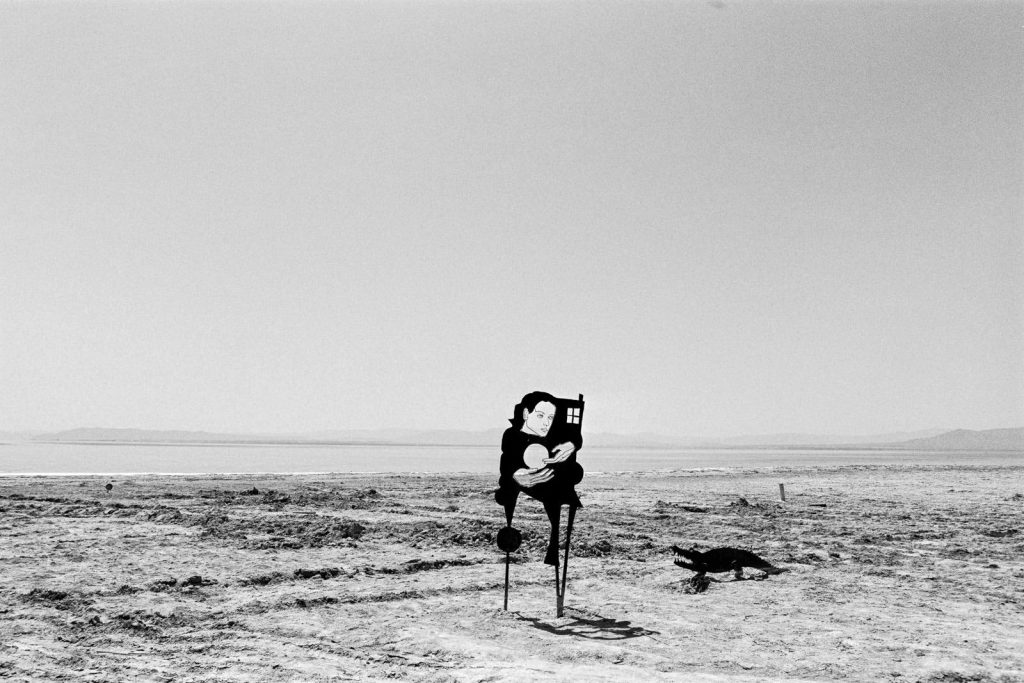
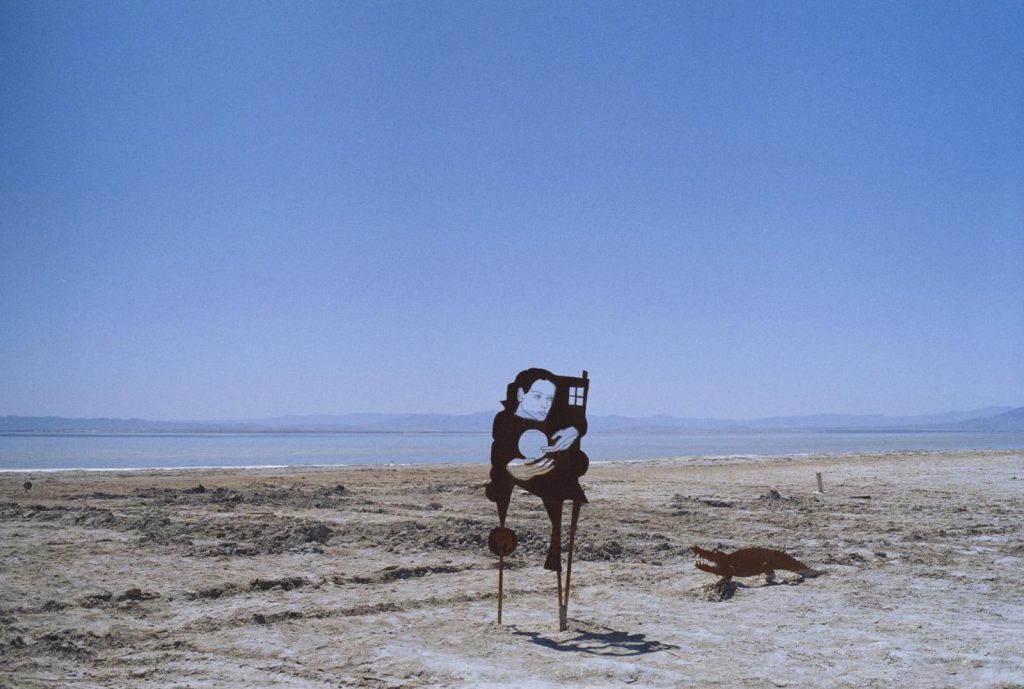
Bombay Beach is always worth a visit, at least if you’re in the area. Advice: “Don’t go there in Summer!” Temperatures can reach 50°C (122°F) and the humidity caused by the lake is slightly burdensome. The smell emitted by the salty, slightly putrid water does the rest.
But, if you are in the area, there’s another location nearby you should definitely add to your itinerary, especially if you are into shooting film.
Niland & Calipatria
We want to suggest another interesting spot in the area to visitors of the Salton Sea.
Ever heard of Salvation Mountain? This handmade art installation by Leonard Knight focuses on Jesus and “God Loves All”. Fortunately, it was recognised as a National Cultural Treasure by a senator in 2002; there had already been efforts by authorities to remove Salvation Mountain and Slab City.
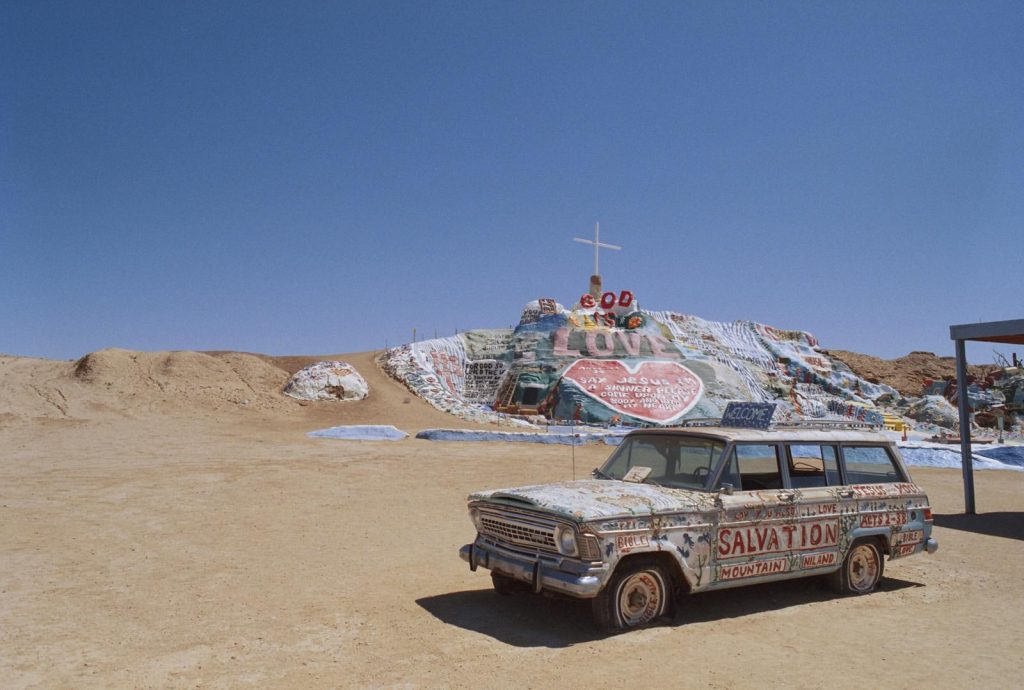
Computer gamers know it from Grand Theft Auto — Vice-City, while consumers of Germany’s Next Top Model know it from a 2013 episode with hippie clothes. Well, they don’t read this blog, and meanwhile it has served as a backdrop in various music videos and films.
If you’re in the area, go there, be amazed and leave a few dollars as a donation. The entire financing, as often in the US, comes only from donations. Please pay attention to the opening hours; you can find them on the internet.
After so many introductory words, it’s self-evident that we took most pictures there with Silbersalz35. Please don’t ask me why I didn’t use Agfa APX 100 there. The motifs here thrive on colour, and there’s plenty of it.
Anyway, Salvation Mountain and Bombay Beach are pretty far-out places and have absolutely nothing to do with the “usual” travel destinations of most foreign tourists. With exceptions, they go to Los Angeles, including Hollywood, Venice Beach, Walk of Fame and so on. Okay, admittedly, that’s America too. But isn’t that the America of influencers, Instagrammers, and TikTokers? It’s certainly not what interests us.
Shooting film
In retrospect, the idea of shooting film, using the OM-2n and FM2n, was great. Both are very reliable and can be handled without going through pages of manuals. We have the common interchangeable lenses from 28 to 105 mm for both, which sensibly stayed at home. Hey, if you don’t have anything to change, this limitation isn’t even noticed.
It’s often reported that the rangefinder of the digital Leica M family would slow things down. Yes, it does, but it’s by no means a comparison to an analogue camera, even if that one has a prism finder. That was slow. The compensation comes with the scans and a much higher percentage of usable, good photos compared to a trigger-happy approach, which is only slowed down by smoking memory cards and drained batteries.
At the end of which follows the often listless sorting through and selecting of images in Lightroom. Obviously, when shooting film, that part is omitted. Instead, you have to kick yourself to send away the films and are rewarded with waiting for the scans. In this case, they were with us three weeks later.
Fast-forward
After I had a glance at the small-size scans of the Silbersalz35 films, my spontaneous thought was to sell the M10 and Nikon D850. No, I won’t do that.
The colours of the Silbersalz35 250D were brilliant. The images had me completely spellbound.
Silbersalz had delivered 14K scans as jxl and RAW unsolicited without surcharge; thanks at this point for the service. In return, we were asked for a short survey.
The download from Dropbox is 10 GB for all RAW-files and another 10 GB for the processed jxl files.
The RAW files need to be edited. The jxl files came edited with a Silbersalz preset/procedure, which delivered very good results for us, see above.
The general advice for Silbersalz35 films is to overexpose them by one stop. Imagine that with a digital sensor. You love completely blown out highlights? For the Silbersalz35 250D, we had the settings at 125 ASA. We have always complied with this suggestion so far; therefore, we don’t know what the exposure would look like at 250 ASA.
The Agfa APX 100 was exposed at 100 ASA. For practical reasons, aka laziness and ignorance, we refrained from using any filters for B&W.
Cameras
The OM-2n has an automatic exposure and an aperture priority mode. The technical implementation was a small revolution when the camera was released in 1979, more than 45 years ago. It would need an extra article about that gem to describe the unique features of its exposure measurement.
We found the shortest exposure time of 1/1000s disadvantageous, though. The bright Southern California light forced us sometimes to close the aperture further than desired. As long as the needle shaped pointer in the viewfinder display doesn’t race like crazy above 1/1000s into the red field, everything is okay. A small incursion is fine, though. Well, a neutral density filter would have been the solution, but that had been left at home.
The FM2n, released in 1983, is more generous in this regard. It manages 1/4000s with a vertical, mechanical shutter made of titanium, and later, of aluminium; sensational at the time. However, it lacks automatic exposure. Within the viewfinder (on the right side) there are red indicators “- o +”. I believe 0 and + simultaneously means that you’re overexposing by half a stop, or maybe, a full stop? Aperture ring and exposure dial have to be operated to get the correct settings, like in the old days…
Its successor, the FE2, sported aperture priority.
The size of both devices is quite comparable to that of an analogue Leica M6. One image shows it in comparison to my M10 – I’m lacking an M6. The OM-2n is the most compact and lightest of the three. No wonder it still has many admirers, shooting film with it today, especially since there’s even someone in Germany who professionally replaces light seals and mirror damping.
The Zuiko lenses are also small masterpieces.
The power supply for the light meters of both cameras is provided by LR44 or SR44 batteries. The Olympus should have the automatic light metering turned off after use. Otherwise, the batteries have a short lifespan.
More about shooting film
A few more words about Silbersalz35.
The girls and boys actually put Kodak Vision3 Motion Picture Film in 35mm rolls and develop the film according to the correct ECN-2 process for this film. Four different film sensitivities are offered: two each for daylight and artificial light. And yes, there are some directors in the US movie business who encourage Kodak to still produce “chemical film”. Probably, almost everyone has seen a movie that was shot with later digitized Vision3 Motion Picture Film. In fact, this film was even engineered to be particularly well scannable after exposure.
What about the scans with the Apollon Scanner? We have no idea what procedure is used when scanning; it’s top-notch. The customer gets 4K jpg as well as 14K RAW scans. I played around with the latter a bit, but didn’t even come close to the delivered results of the “high-jpg” files. Claus Sassenberg does a much better job in that area (see his latest articles).
Dynamic range
Kodak claims that its film has a 16-stop dynamic range. We did not try to prove that claim by any testing. And what for anyway? The quality of these digitized images puts that beyond any doubt. Probably the statement of 16 EV applies to the 050D film, exposed at 25 ASA. Are there any digital cameras that can do this?
The Imperial Valley’s light would have called for the 050D (actually at 25 ASA), especially when the OM-2n can only do 1/1000s. However, impossible if it’s not in your pocket.
We can’t say much about Agfa APX 100. In any case, it’s no longer produced by Agfa. The price at the drug store in Germany was brilliant: €5.95 per roll. And yes, there’s probably better material available from Kodak etc. But, the best camera is the one you have with you; equally valid for film. It seemed eminently suitable to us for our exploration of morbid decay.
Conclusion
If a big rush to Bombay Beach and Salvation Mountain should start soon, we feel completely innocent. It’s only because there are contemporaries who don’t stumble through life staring at their smartphones with partially blocked vision, but are capable of reading and come upon Macfilos.
Is my aversion to the constant use of smartphones becoming obvious here? Sorry for that, but I actually mean it. Rumour has it that there is indeed a life outside colourful little pictures.
And don’t forget, on Saturday, Yellow-fin tuna sells out quickly at the Dockside Market. Don’t forget the cooler for the transport home. You get ice at the market. There’s even a filleting service and a well-frequented fish snack bar. We missed a smoked fish vendor; business idea?
P.S. New Silbersalz35 films are on the way, and there are more APX rolls still in the fridge.
Make a donation to help with our running costs
Did you know that Macfilos is run by five photography enthusiasts based in the UK, USA and Europe? We cover all the substantial costs of running the site, and we do not carry advertising because it spoils readers’ enjoyment. Every amount, however small, will be appreciated, and we will write to acknowledge your generosity.

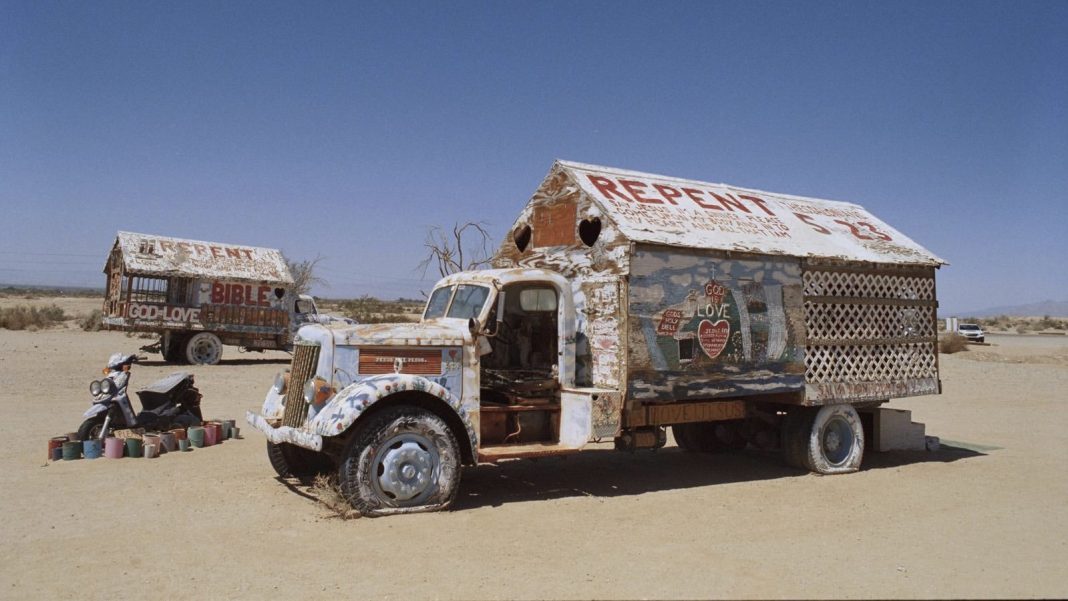
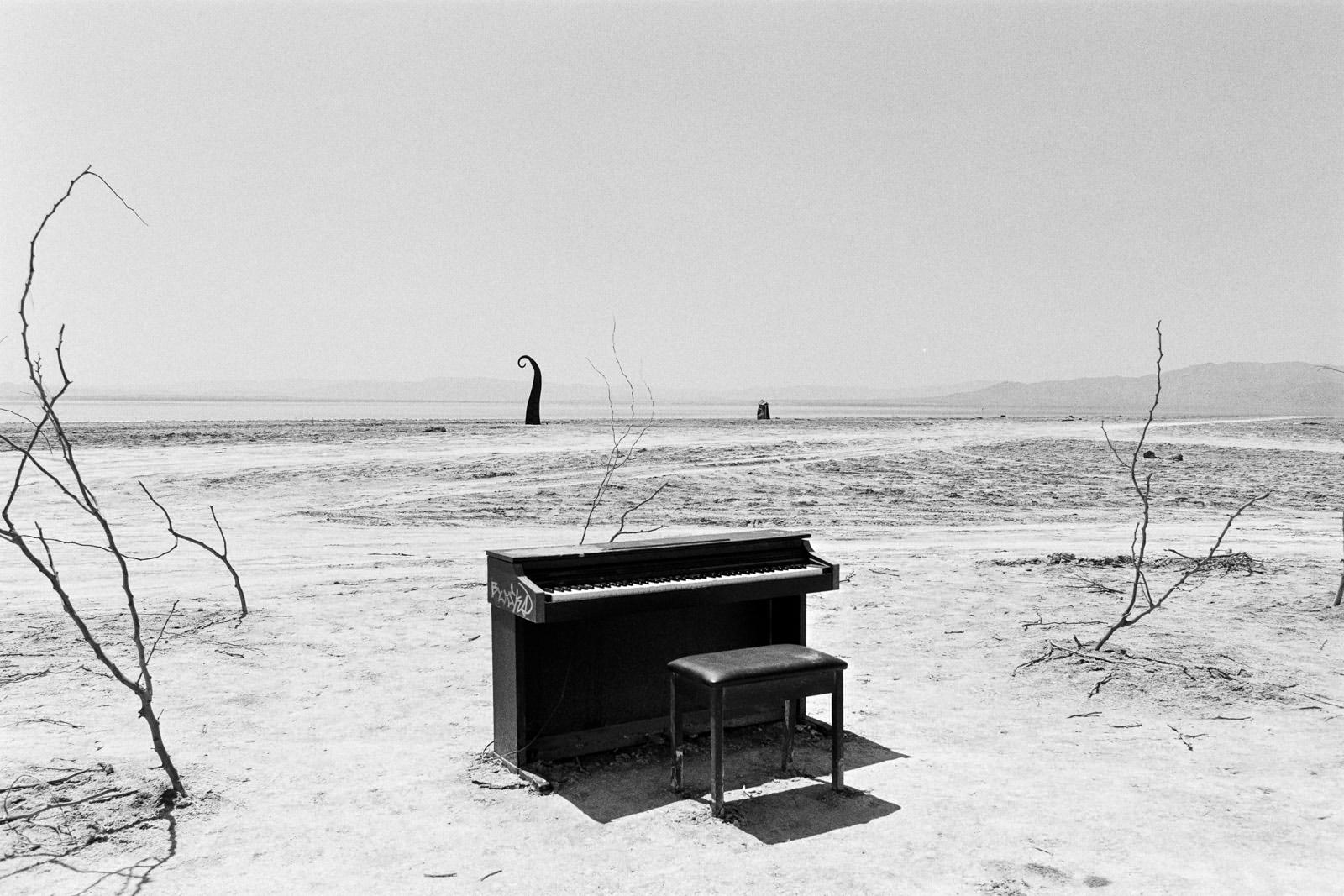
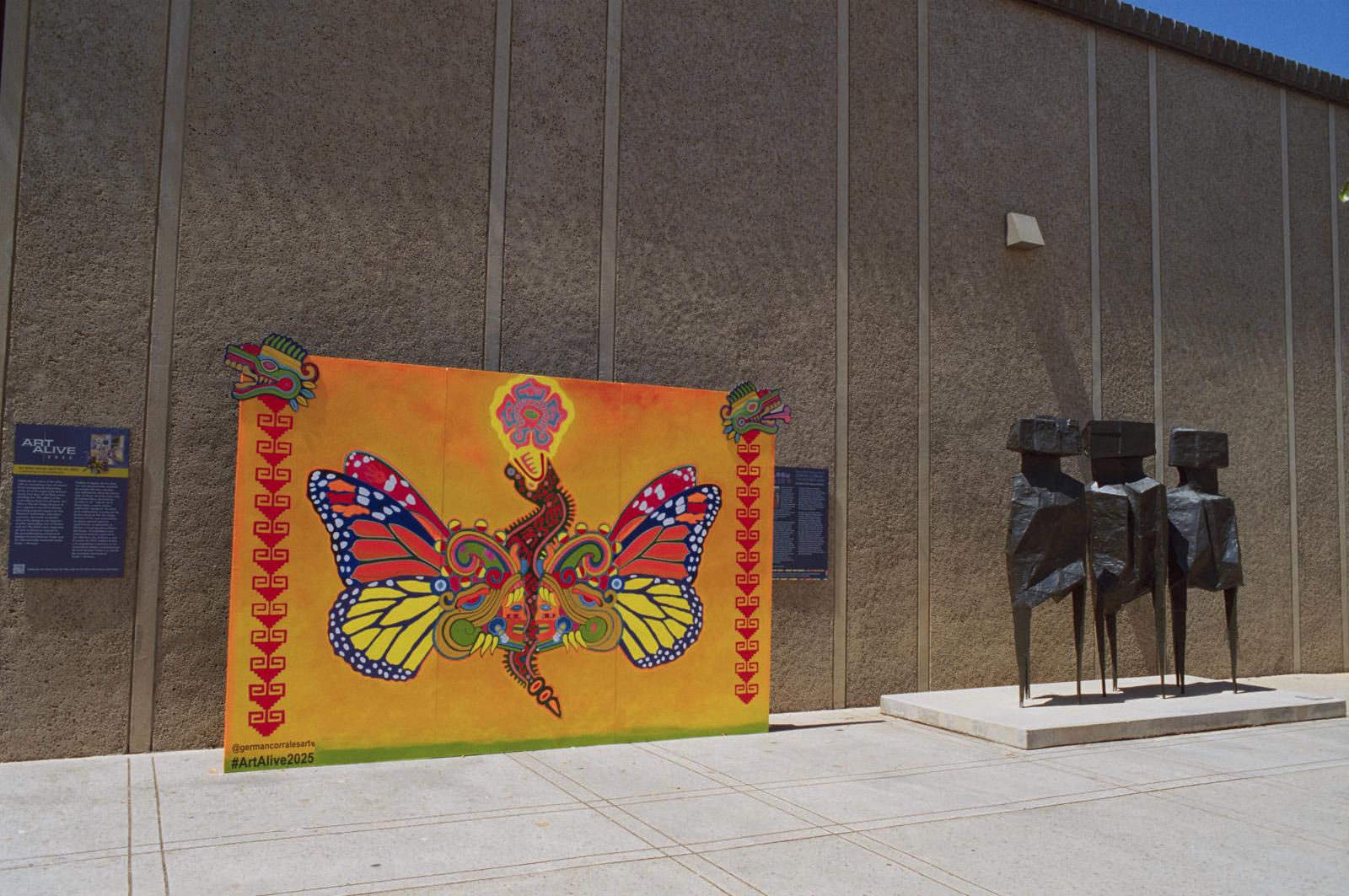
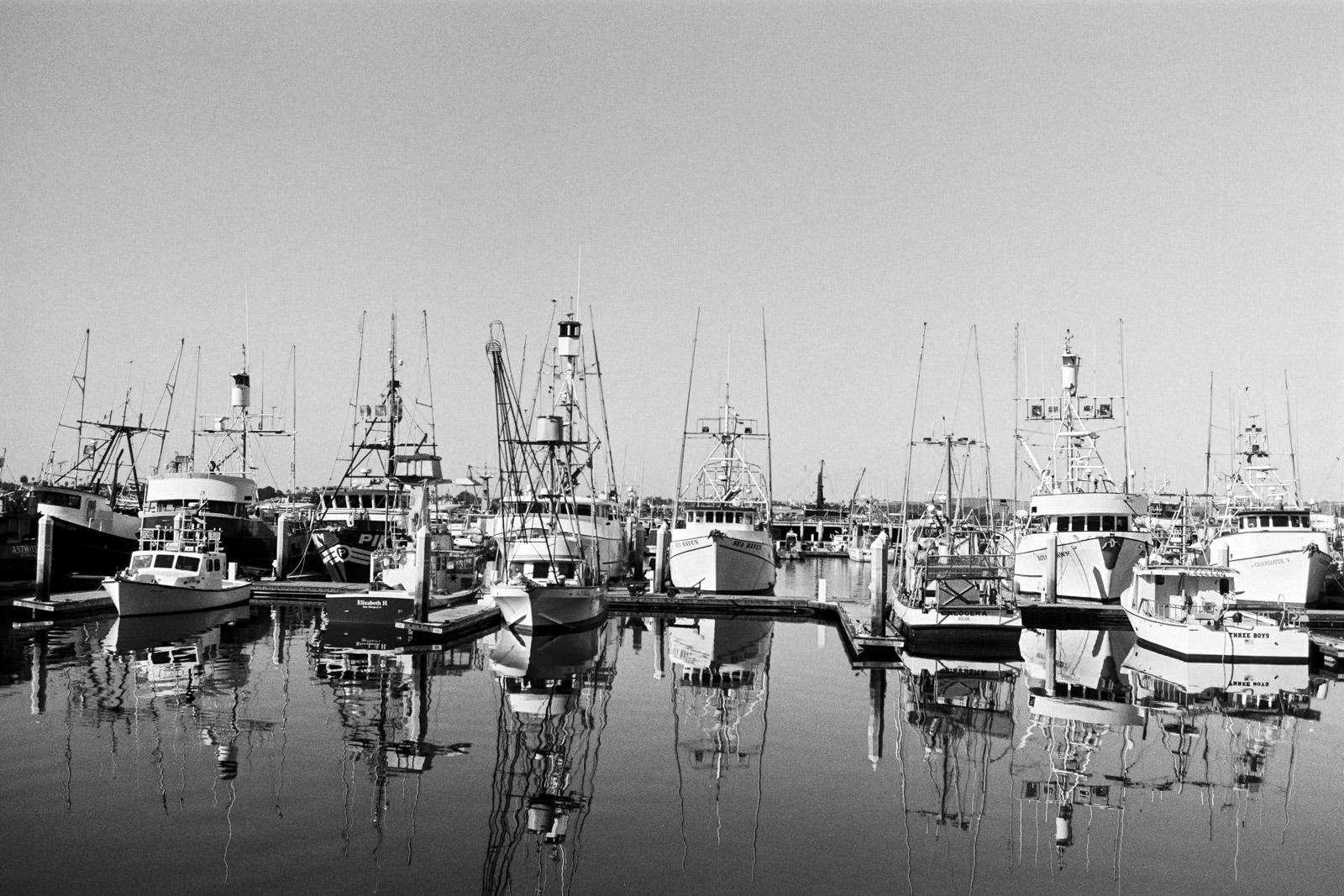

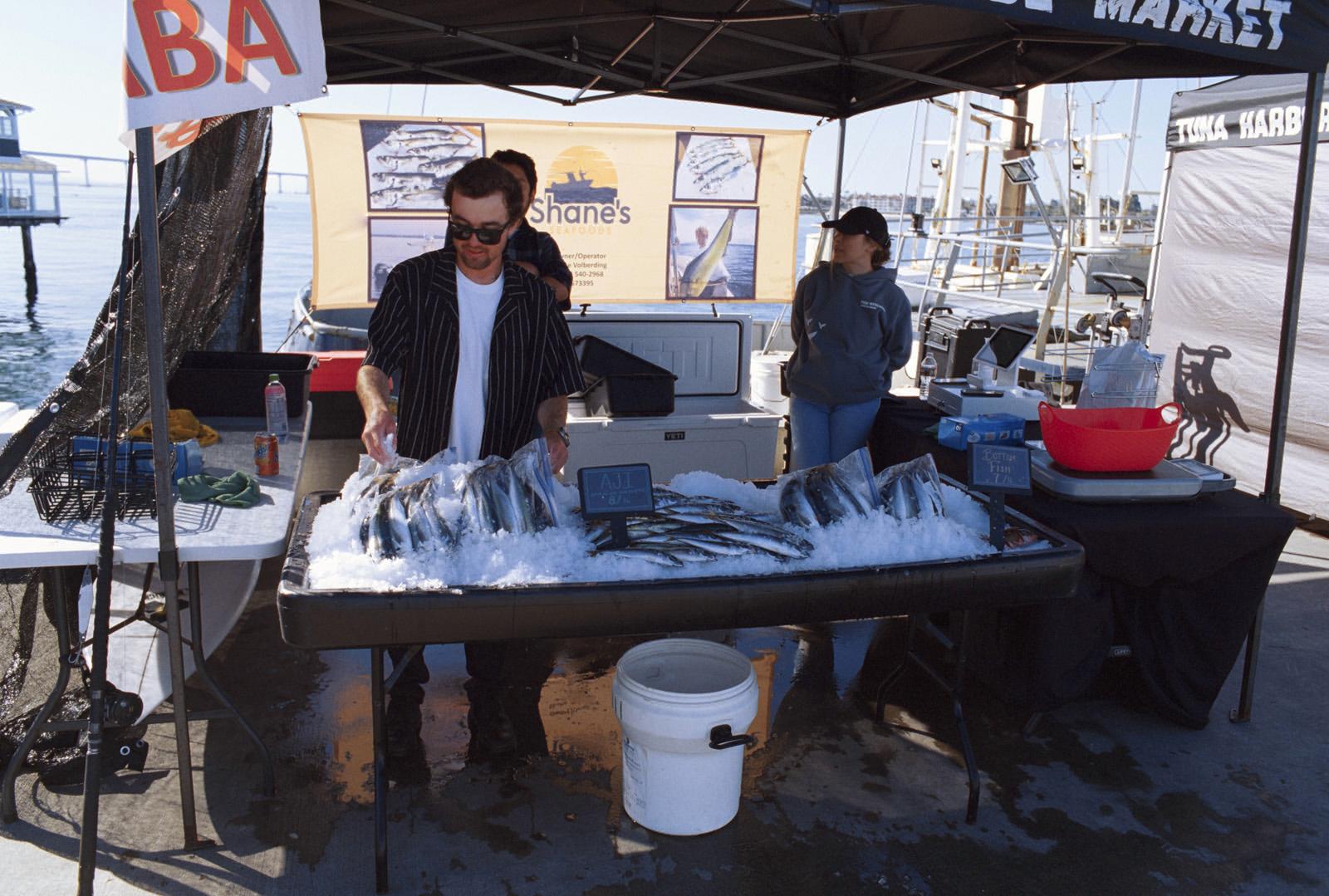
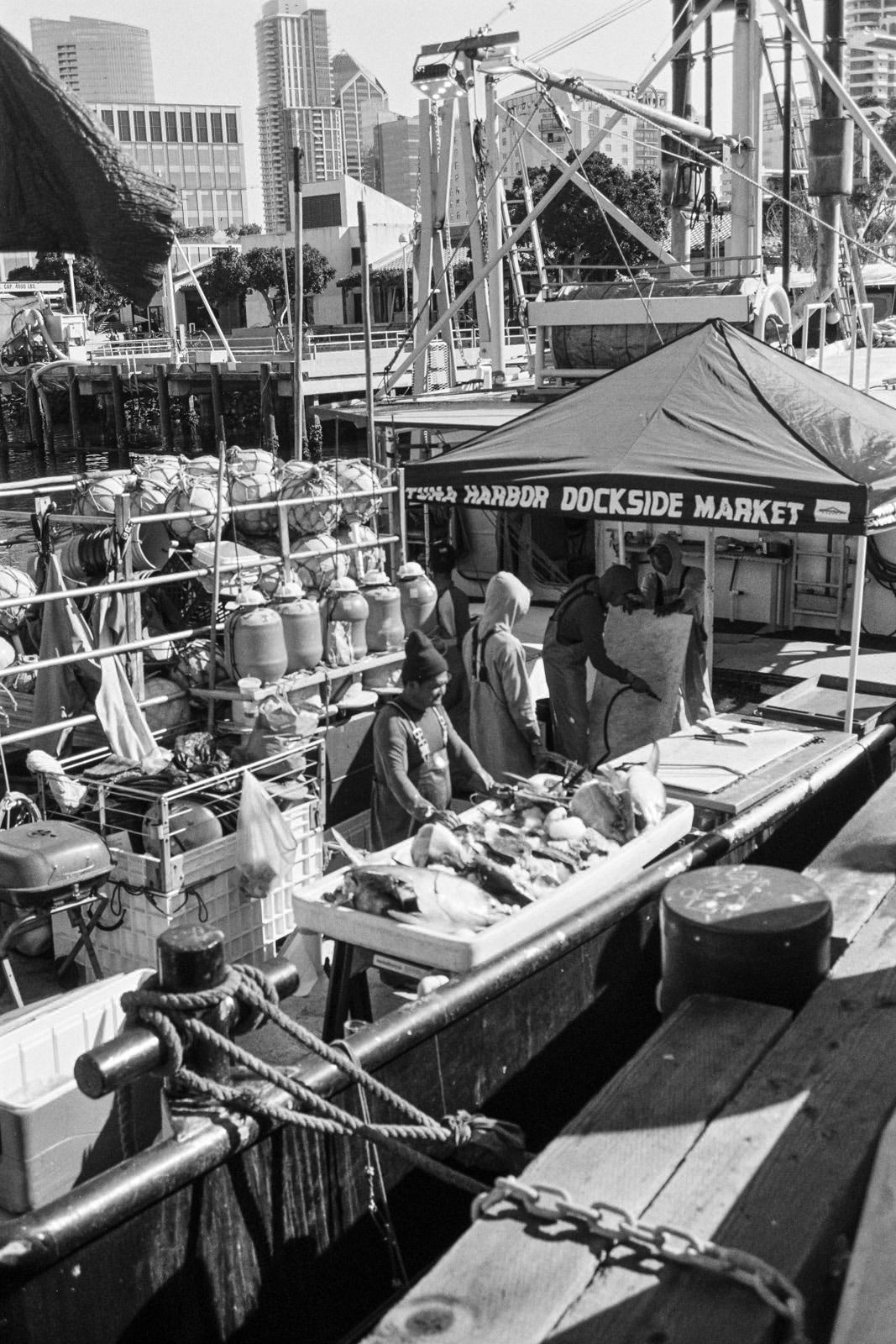

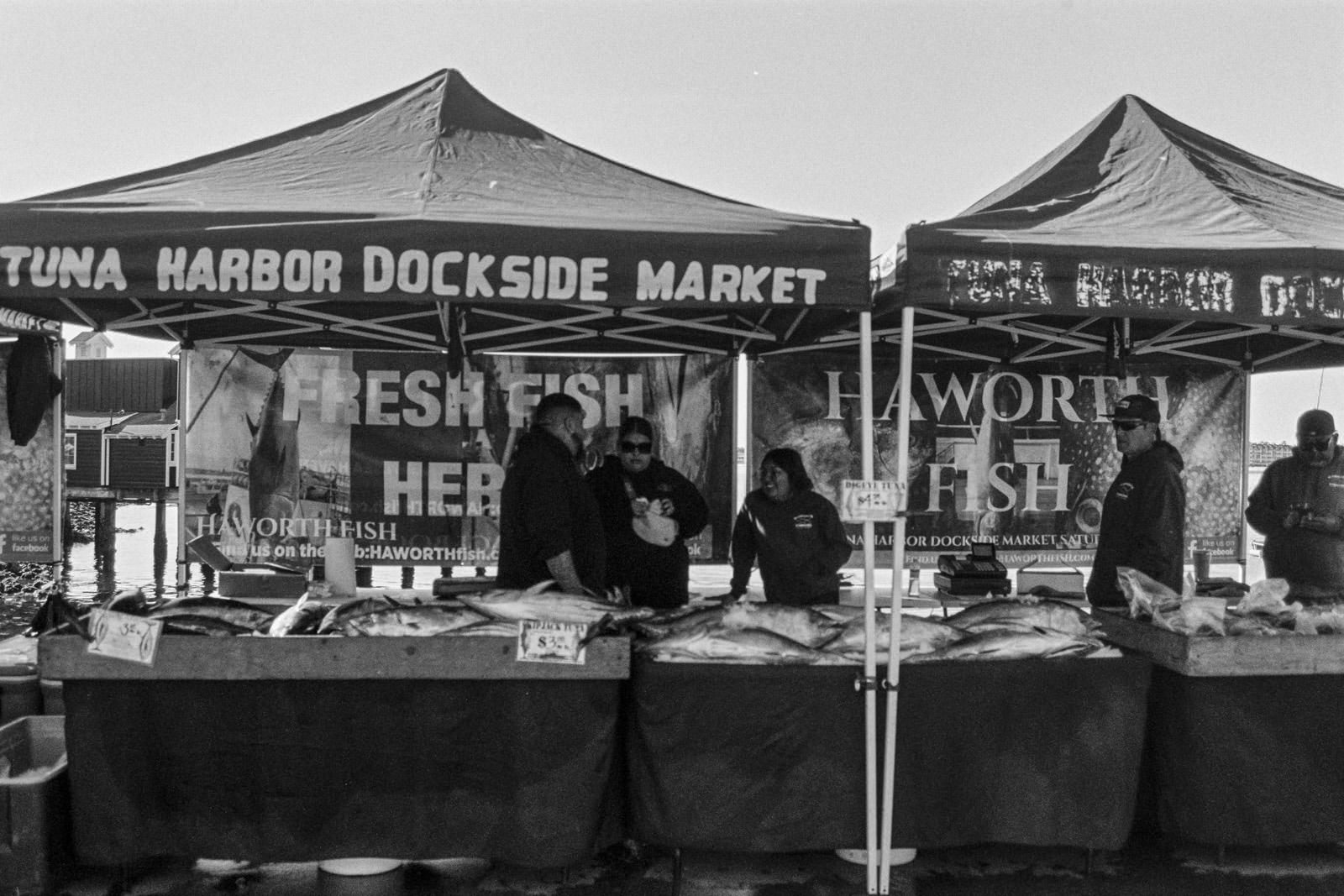
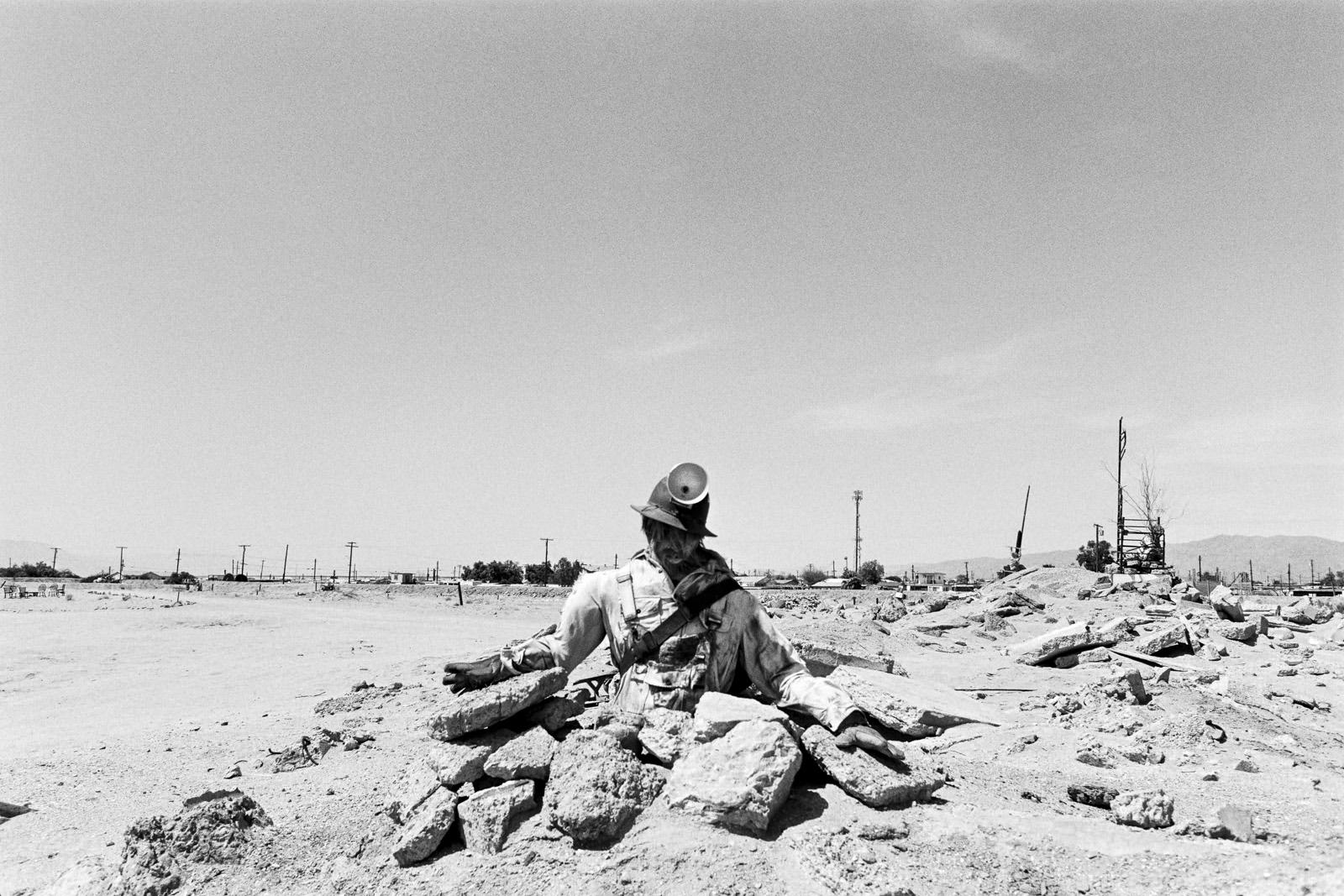
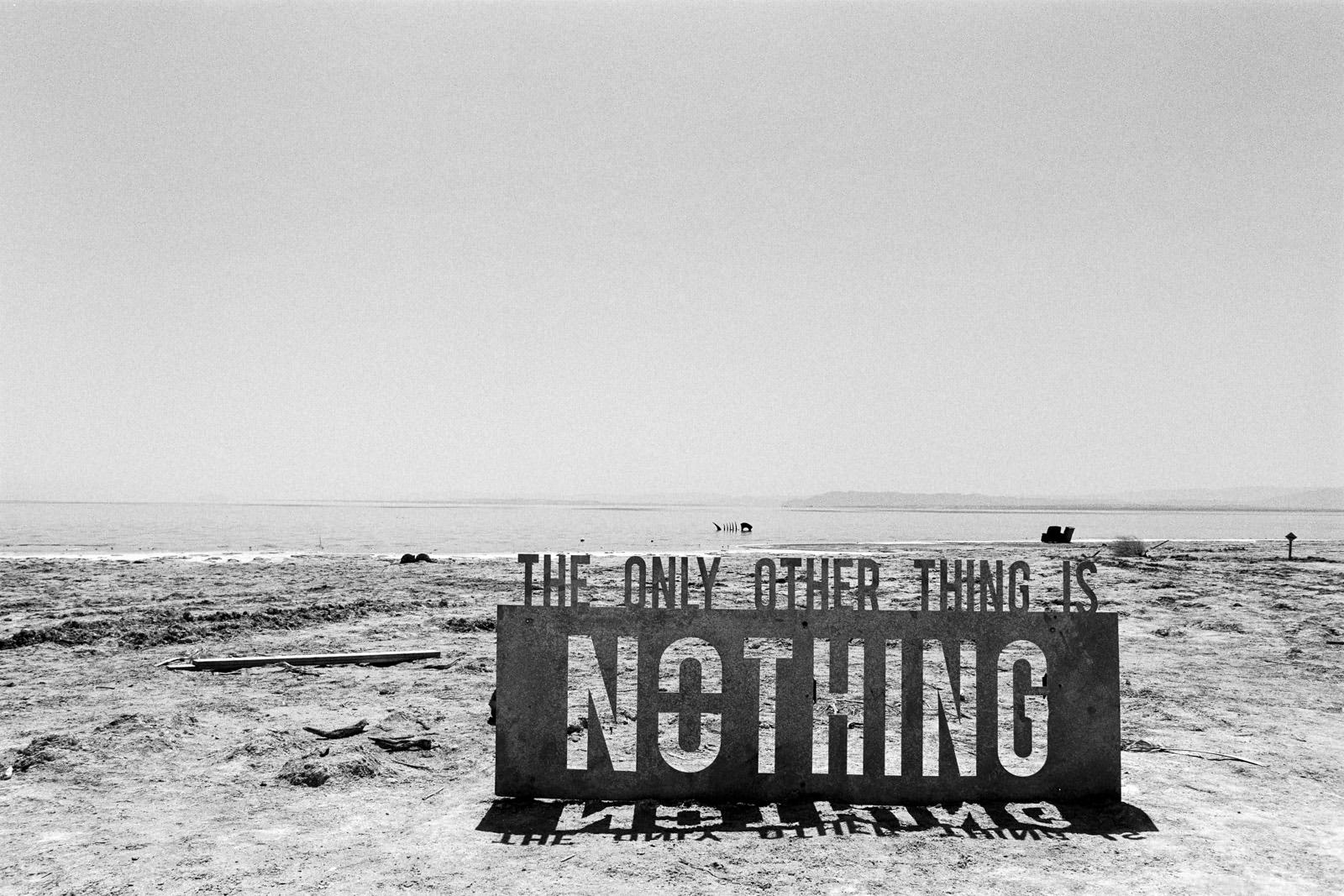



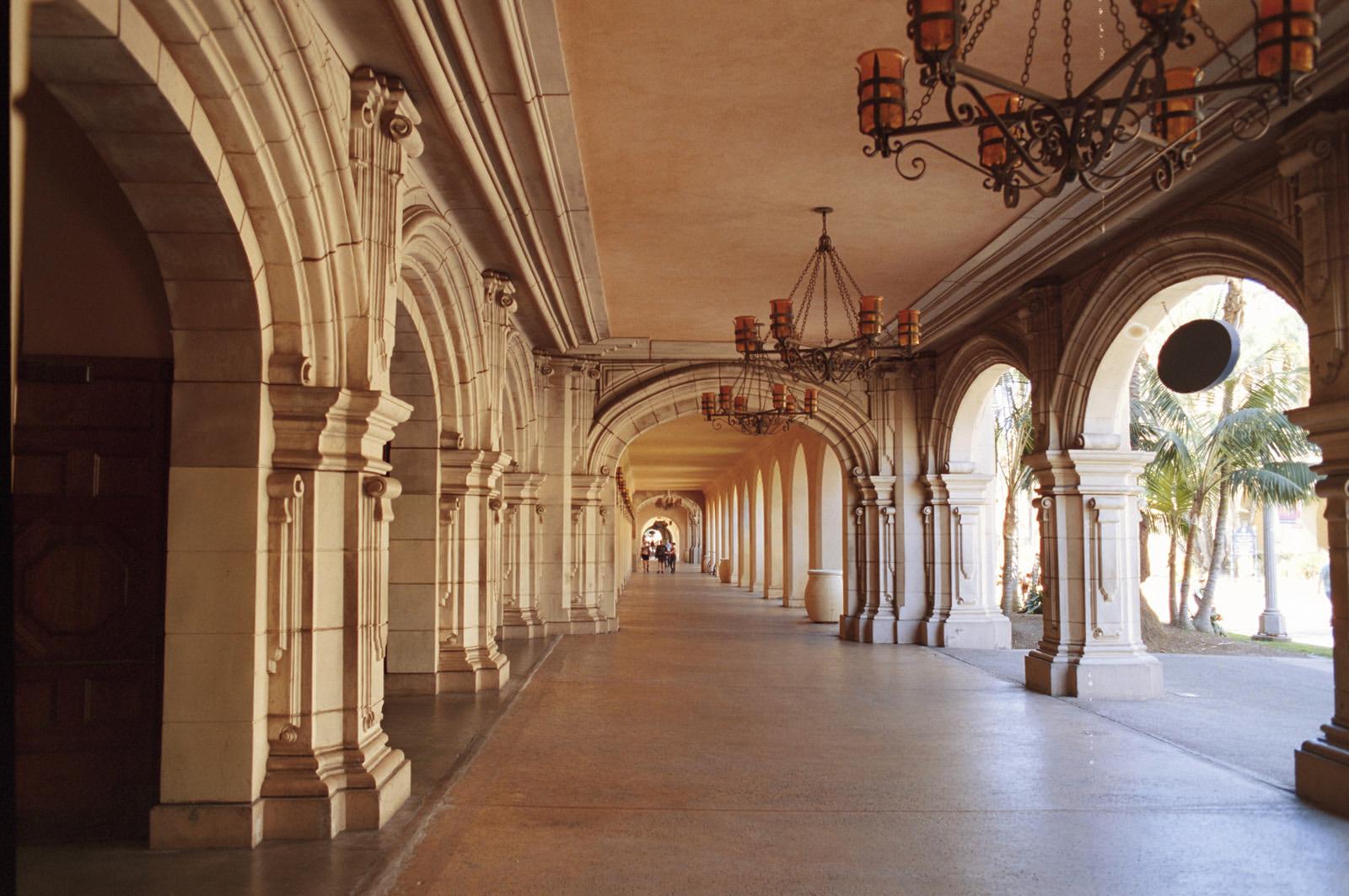
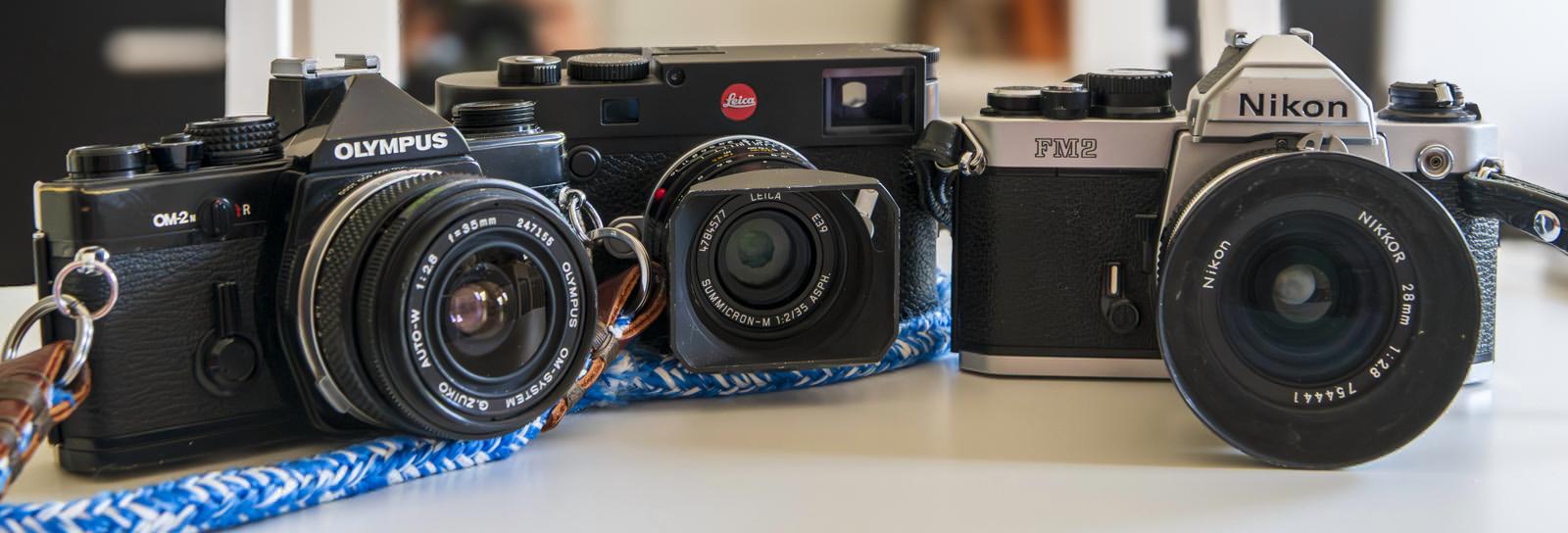
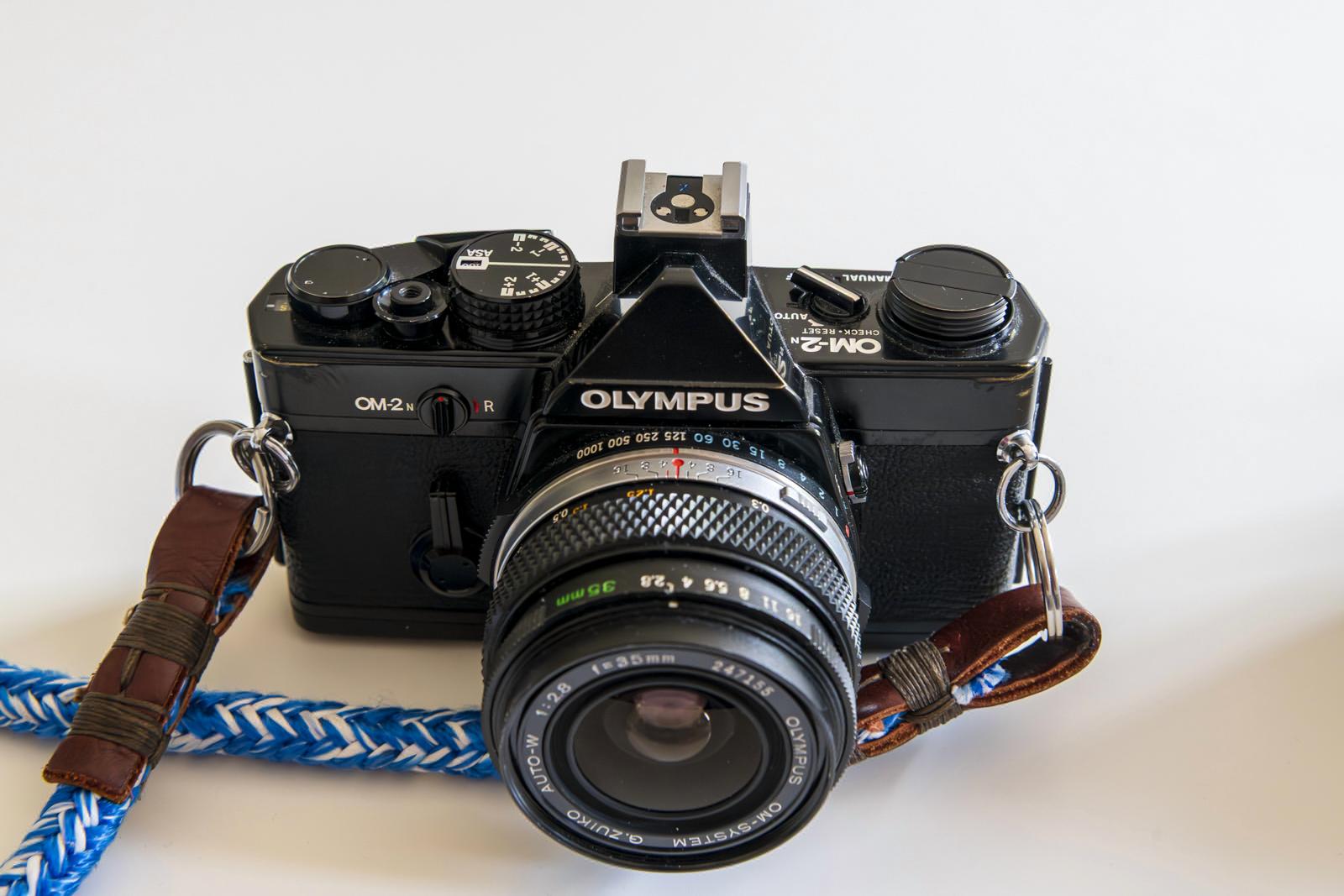

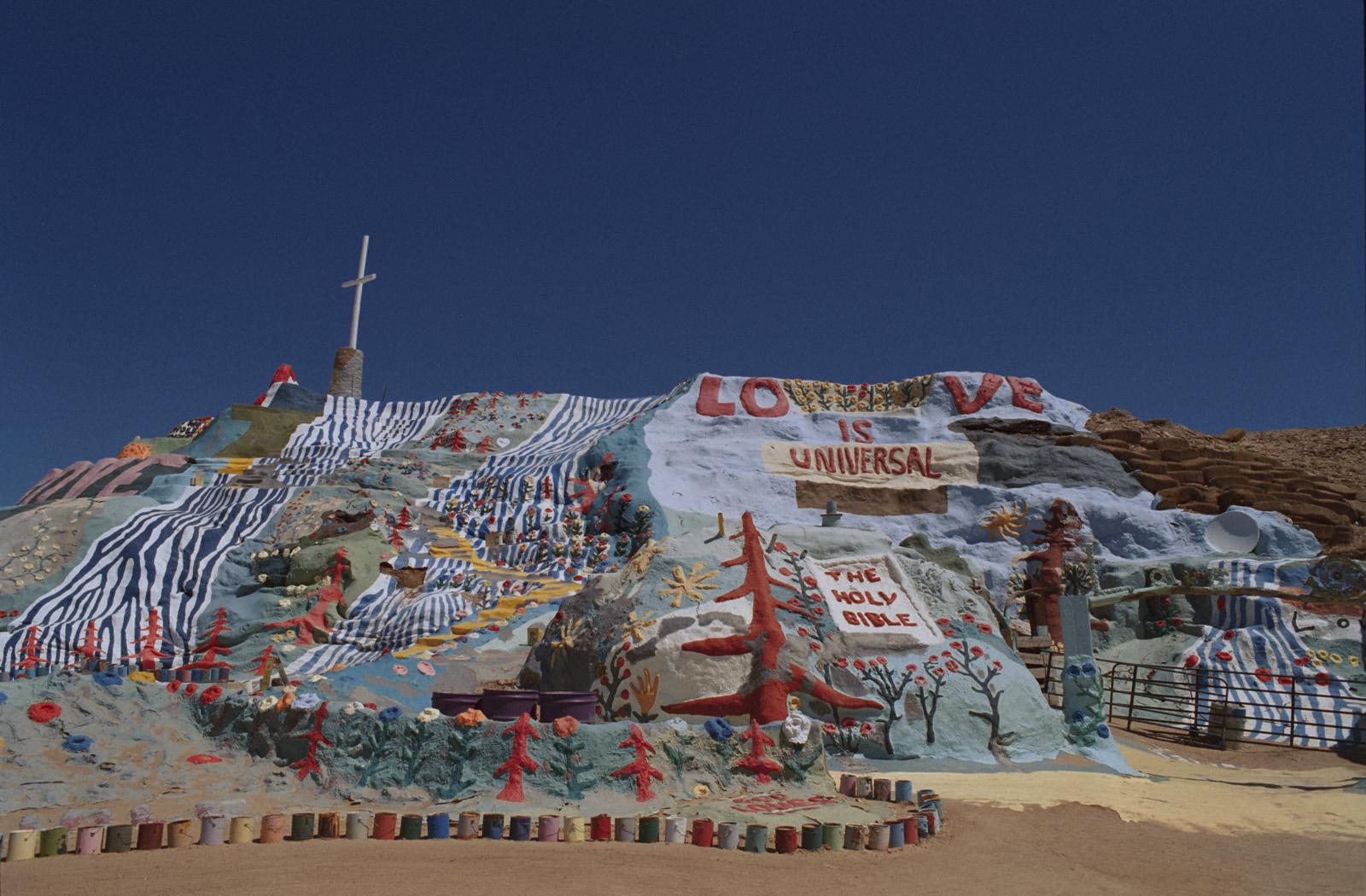
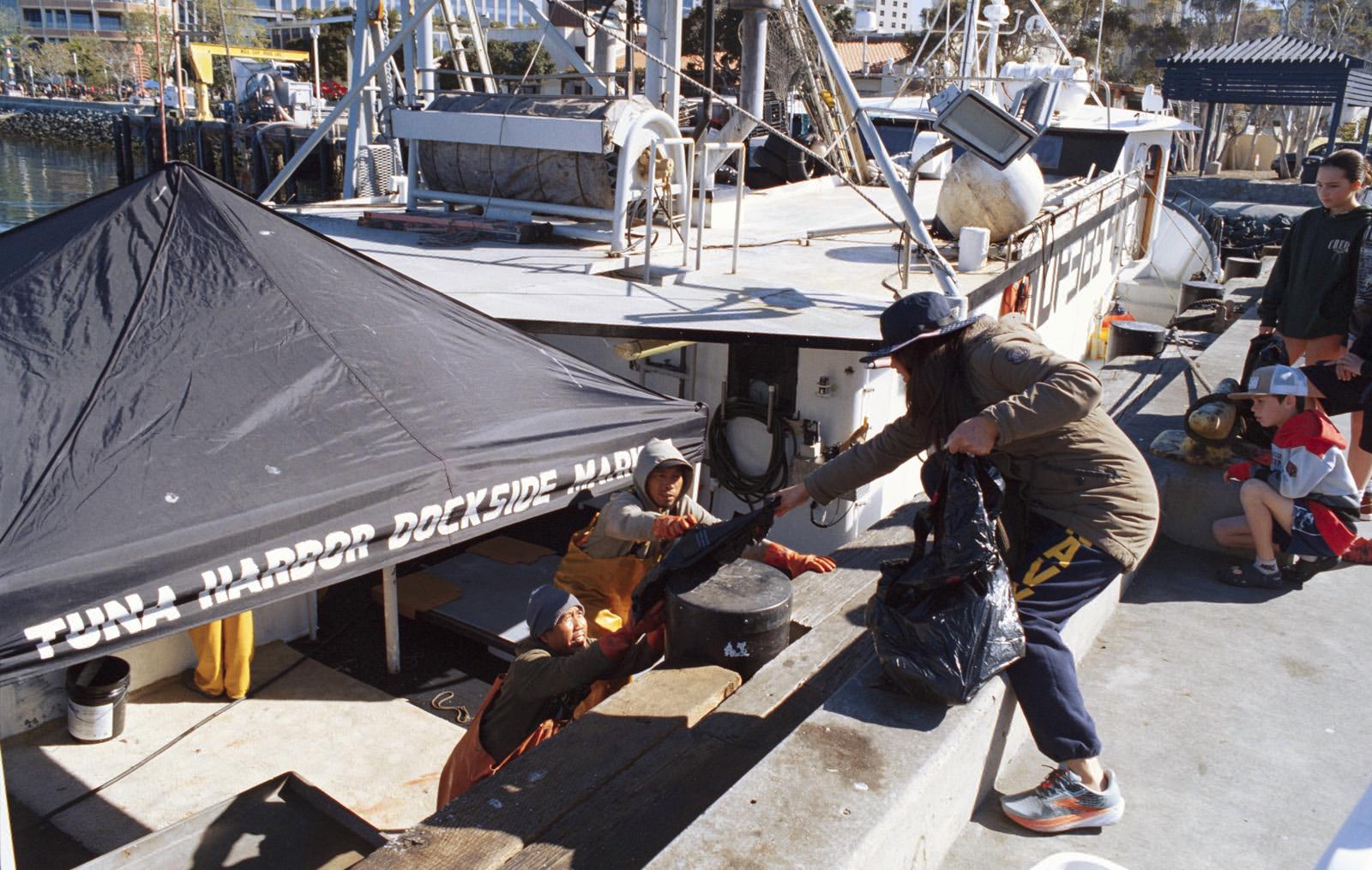
I do like these photographic insights into places I didn’t know existed. You have managed to bring them to life for us. Good work!